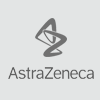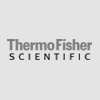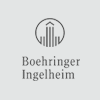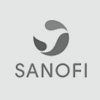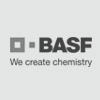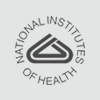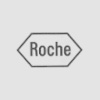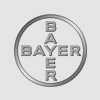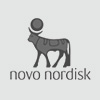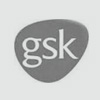Oligospecific Antibodies
Generally a B cell secretes only one species antibody with two identical antigen-binding arms because of the process called allelic exclusion. Oligospecific antibodies are created artifically and have two or three different antigen -binding arms. One arm of the oligospecific antibody binds to the tumor-associated antigen , while the other arm binds the effector molecule and the third can bind to another antigen. The need for oligospecific antibodies has been increasing becasue most human diseases such as cancer, auto immune disorders and inflammation are the result of a combination of many mediators and the monospecific antibodies are not sufficient to combat them as blocking just one mediator is not an effective treatment option. The oligospecific antibodies have several advantages over directly-coupled immunoconjugates and have been used in applications such as in
- Targeting the effector cells or in delivering toxic compounds to the site of the tumor.
- Therapeutic agents in the treatment of complex diseases such as cancer and infections.
- Immunodiagnosis.
These bispecific antibodies are usually produced mainly by
- Fusion of two-different antibody producing hybridoma cell lines and are referred to as hybrid antibodies.
- Chemically linking two different antibody molecules or their derivatives and are called heteroconjugates.
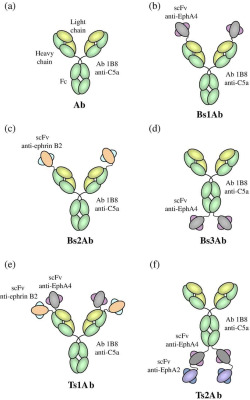
The figure shows the schematic illustration of different antibody formats. The functional domains are color coded. The antibody heavy chains are shown in green and the light chains are shown in yellow. Figa. Ab represents the standard antibody, Fig b, c, d represent the bispecific antibodies, Fig e, f - represents trispecific antibodies (from Dimasi et al)
Adapted from:
Monoclonal anibodies: Production, engineering and clinical application( 1995) Eds Mary A Ritter and Heather M Ladyman.
Dimasi et al, "The design and characterization of Oligospecific antibodies for simulataneous targeting of multiple disease mediators", J. Mol.Biol (2009) 393, 672-692.

